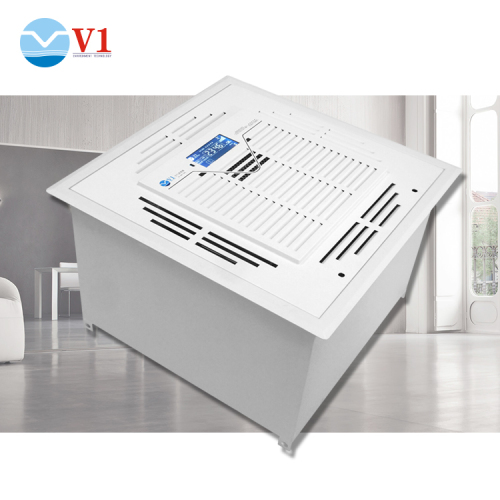UV ozone cleaning technology, also known as ultraviolet ozone cleaning technology, is a technology that utilizes ultraviolet and ozone for efficient cleaning. This technology is widely used in various fields, including semiconductor manufacturing, medical facility disinfection, water treatment, and air purification. Below, we will explore in detail the principles and operational mechanisms of UV zone cleaning technology.
Firstly, we need to understand the core components of UV zone cleaning technology - ultraviolet lamps. This special lamp can emit ultraviolet light of specific wavelengths, mainly including two wavelengths: 185nm and 254nm. These two wavelengths of ultraviolet light play a crucial role in the cleaning process.
When a UV lamp emits ultraviolet light with a wavelength of 185nm, it has enough light energy to decompose oxygen (O2) in the air into ozone (O3). Ozone is a strong oxidant that can destroy organic pollutants and achieve cleaning effects.
Meanwhile, the 254nm wavelength of ultraviolet light also plays an important role in the cleaning process. This wavelength of ultraviolet light can further decompose ozone into oxygen (O2) and reactive oxygen species (O). Reactive oxygen is a very active oxidant that can react with organic matter on the surface of an object, making it easier to clean.
In addition, 254nm ultraviolet radiation also plays an important role in stimulating surface organic molecules and improving their sensitivity. The excited organic molecules become more susceptible to reacting with ozone clusters, thus being effectively destroyed.
In continuous photosensitive oxidation reactions, the generated reactive oxygen atoms undergo oxidation reactions with activated organic molecules (such as hydrocarbons). These reactions generate volatile gases such as carbon dioxide (CO2), carbon monoxide (CO), water (H2O), and nitric oxide (NO). These gases will then escape from the surface of the object, thereby removing organic pollutants adhering to the surface of the object.
It is worth mentioning that although ozone has strong cleaning ability, its half-life is relatively short. This means that the existence time of ozone in the environment is limited, and it will naturally decompose or be consumed by other substances. Therefore, when using UV ozone cleaning technology, there is no need to worry about residual ozone.
Overall, UV zone cleaning technology achieves efficient cleaning of object surfaces by utilizing the synergistic effect of ultraviolet and ozone. This technology not only has good cleaning effects, but is also environmentally friendly, making it a very ideal cleaning method. With the continuous development of technology, UV zone cleaning technology will be applied in more fields, bringing more convenience and comfort to our lives.



